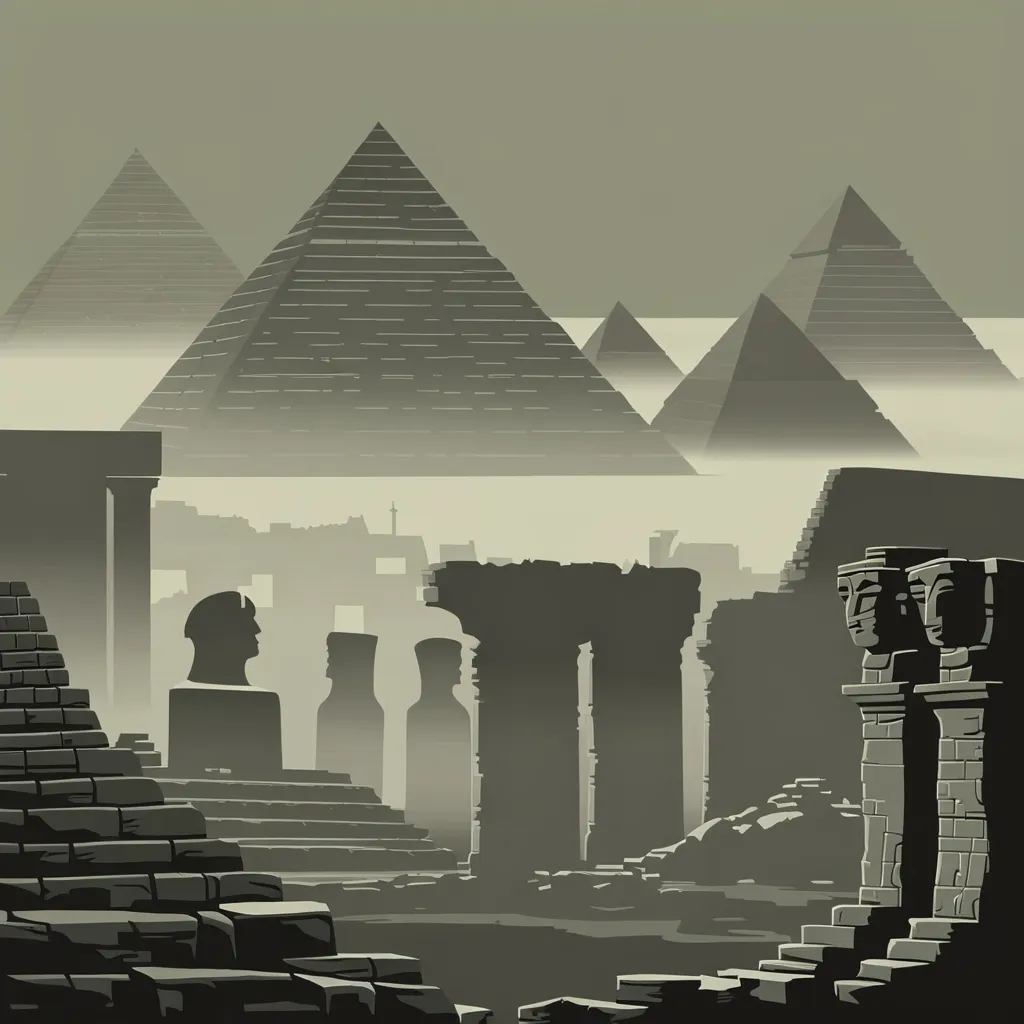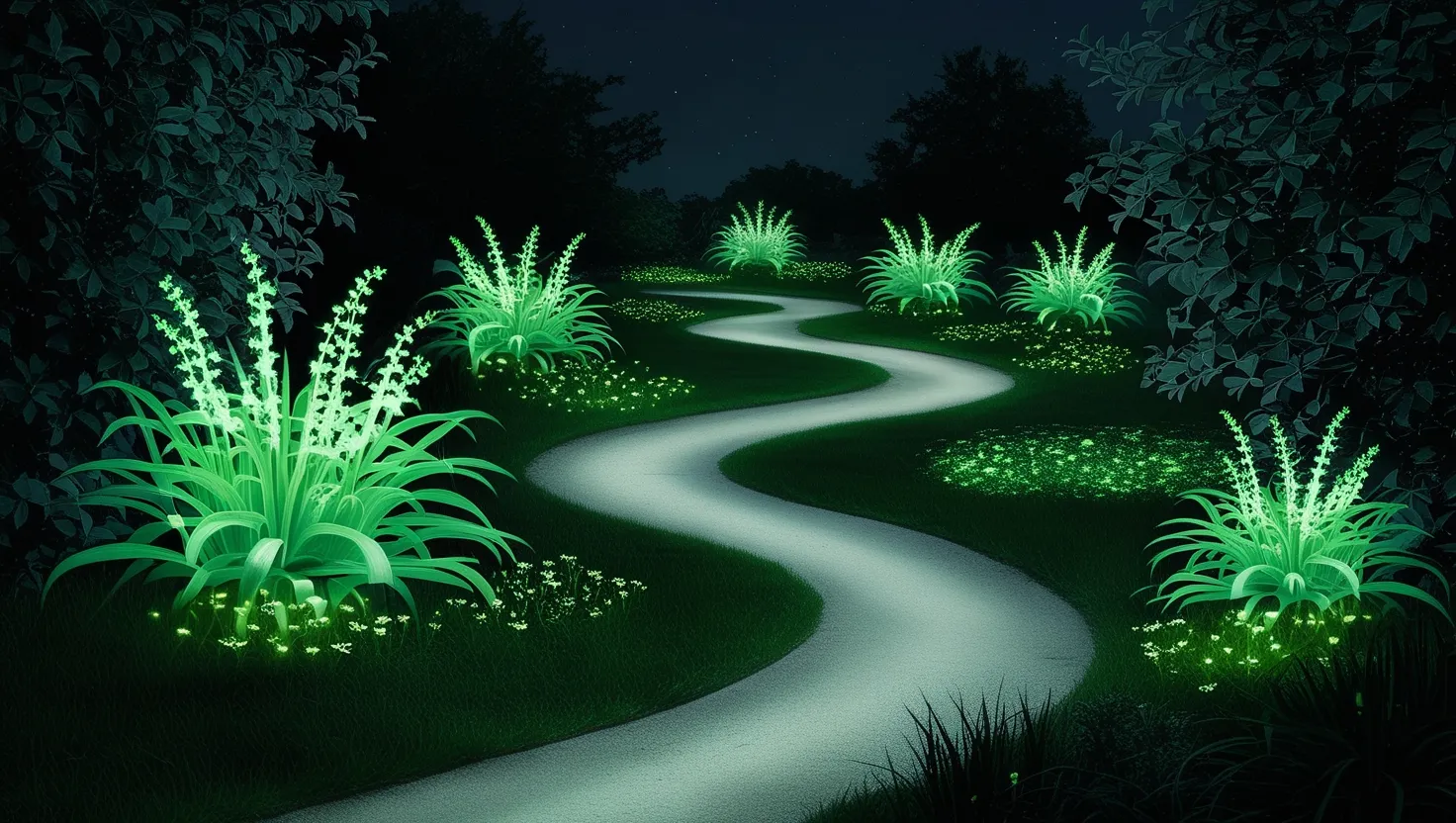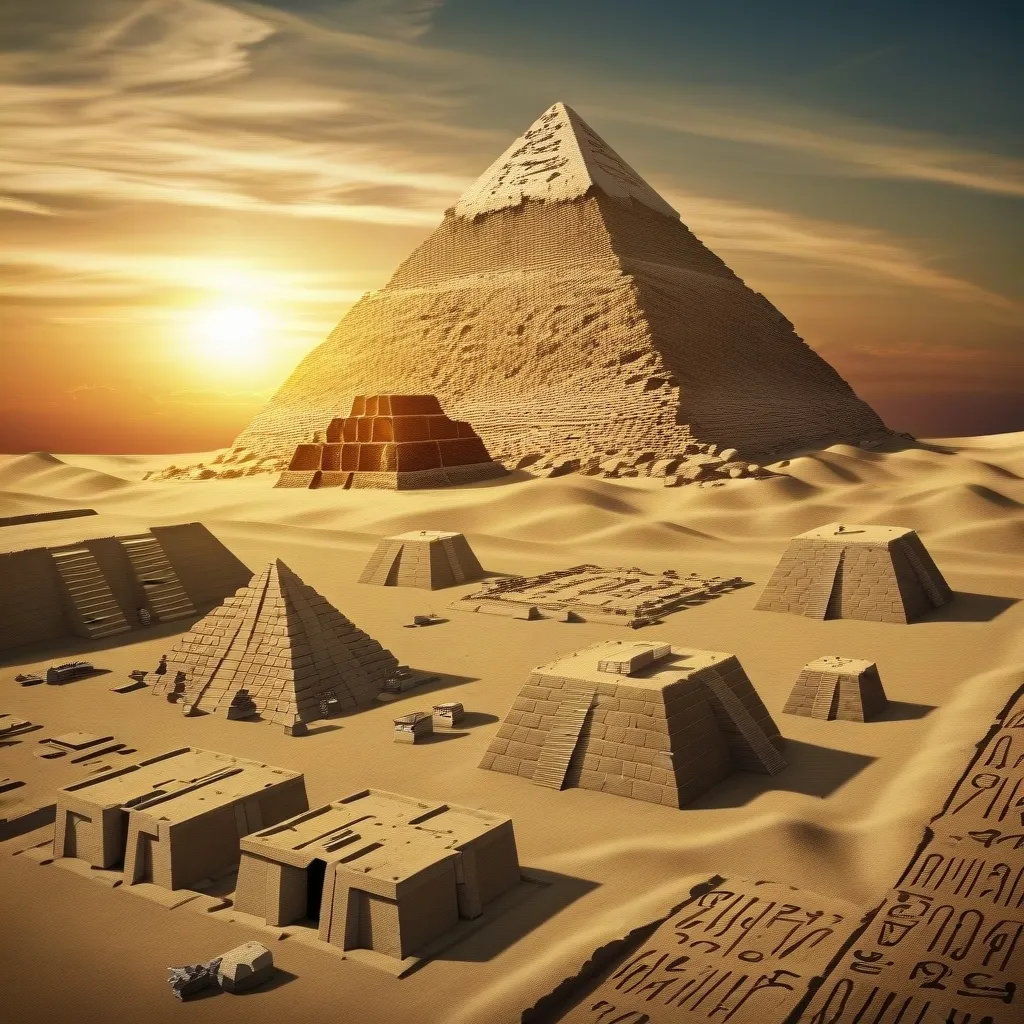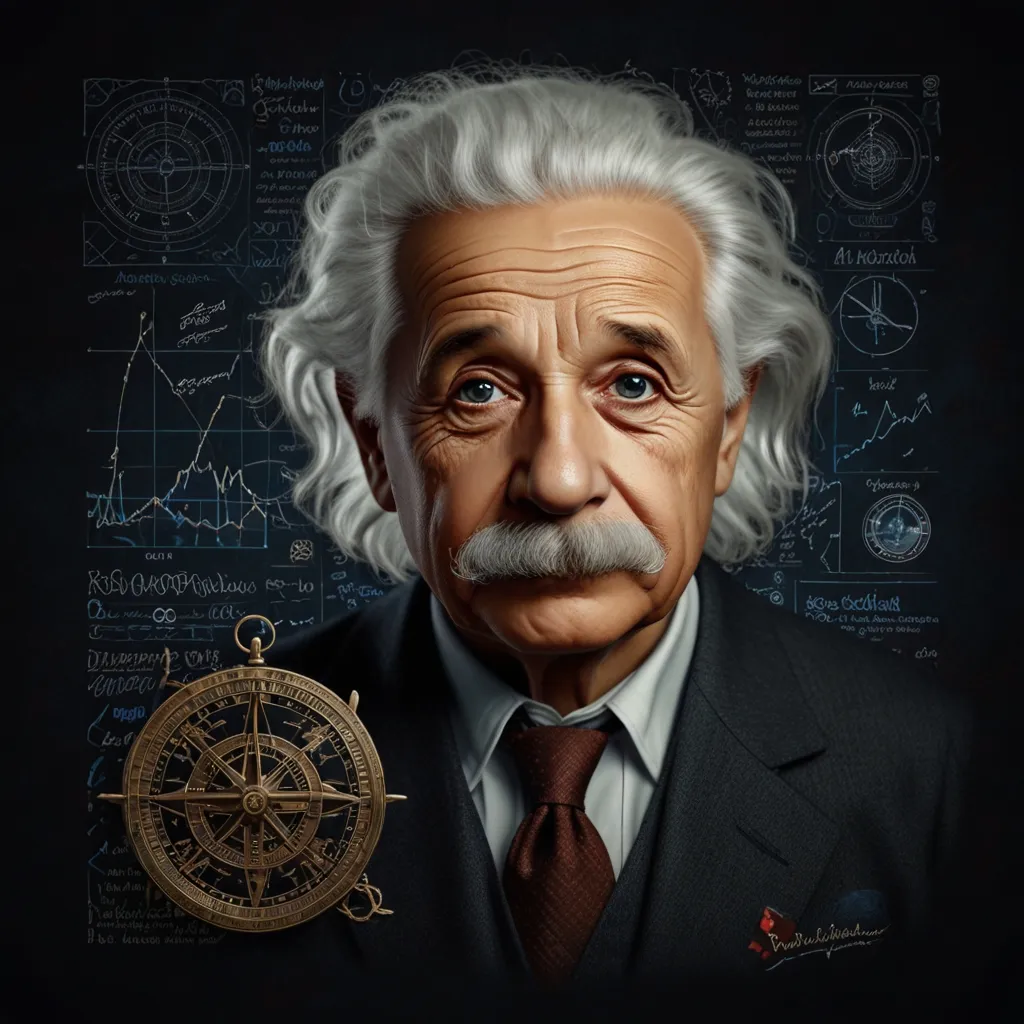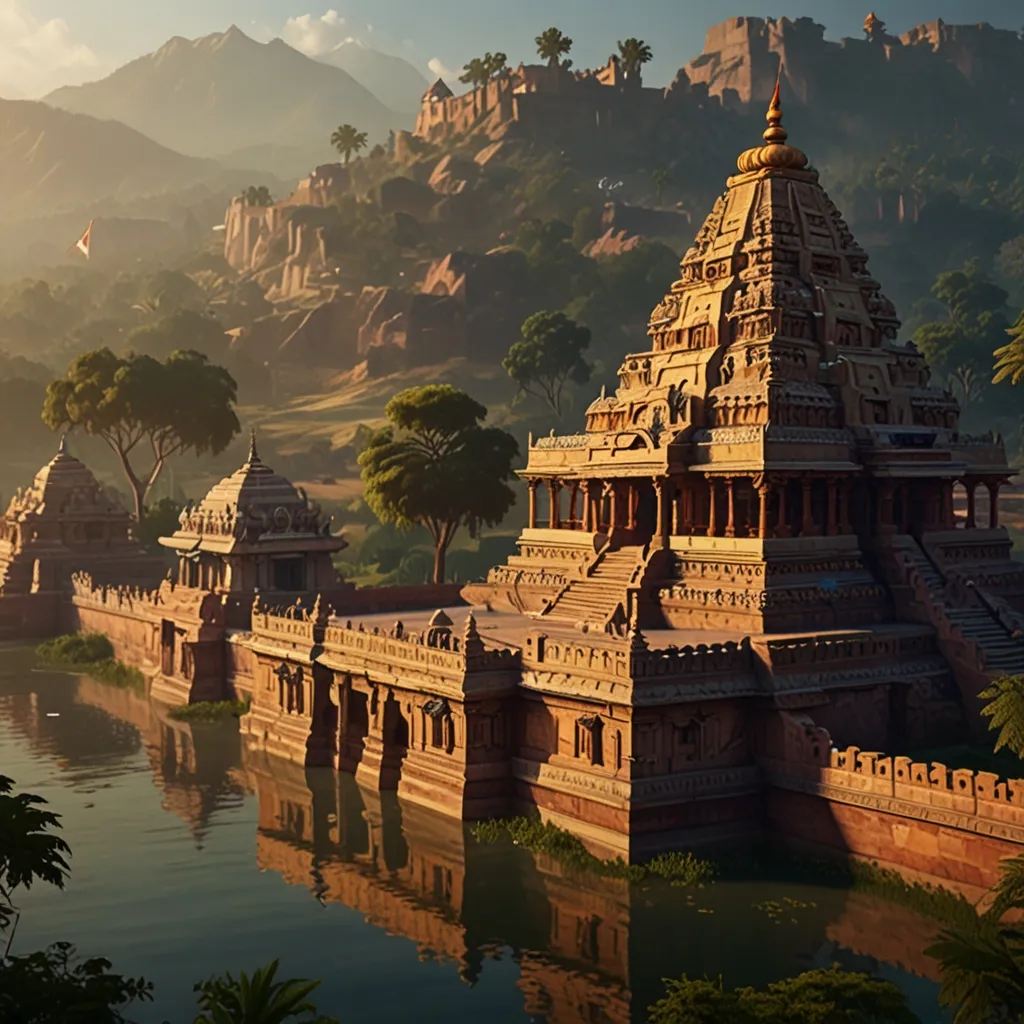Vanished Without a Trace: The Mysterious Disappearance of Ancient Civilizations
Ever wondered what happened to those ancient civilizations you learned about in history class? You know, the ones that built massive pyramids, invented cool stuff, and then just… poof! Disappeared? Well, buckle up, because we’re about to dive into some of the most head-scratching vanishing acts in human history.
Let’s start with the Maya. These guys were like the cool kids of ancient Central America. They had it all - fancy math skills, awesome architecture, and cities that would make modern urban planners jealous. But then, around the 8th century, things started going south. Their cities began falling apart, and people just up and left. What gives?
Some folks think it was Mother Nature throwing a fit. Droughts, floods, you name it. Can you imagine trying to grow food when the weather’s going crazy? Not fun. Others reckon there might have been some internal drama - you know, wars and political shenanigans. But honestly? We’re still scratching our heads about what really went down.
Now, let’s hop over to Greenland. Yeah, that icy place. Believe it or not, there was a thriving Norse civilization there once upon a time. They had their own government, bishop, and even spoke ancient Norwegian. Pretty fancy, right? But after 1408, they just vanished into thin air. Poof!
Some smart people think it might have been climate change - you know, the natural kind, not the one we’re dealing with now. Imagine trying to grow crops when everything’s freezing over. Yikes! Others think they might have had beef with the local Inuit folks. Or maybe their trade connections just fizzled out. Who knows?
Let’s jump to the other side of the world - the Indus Valley. These guys were the urban planning wizards of ancient times. They had cities with drainage systems that would make a modern plumber jealous. But around 1900 BC, things started going downhill. By 1300 BC, it was like they never existed.
What happened? Well, some think the Indus River had a mood swing and changed course. Not great for farming, you know? Others reckon nomadic tribes might have crashed the party. Or maybe they just had some internal drama we don’t know about. It’s like trying to figure out why your favorite TV show got canceled - sometimes, there’s just not enough info.
Now, let’s talk about Easter Island. You’ve probably seen those big stone heads, right? Well, the people who made them, the Rapa Nui, are another mystery. Some think they went overboard with their resources and ended up starving. Others blame rats (yes, rats) for messing up their ecosystem. And some even think they might have packed up and moved to another island. Talk about a plot twist!
Ever heard of Çatalhöyük? No? Don’t worry, you’re not alone. This place in modern-day Turkey is one of the oldest human settlements we know about. They had some cool mud-brick houses and awesome murals. But then, poof! Gone. The tricky part? They didn’t leave behind any writing, so we’re left guessing what happened.
Let’s swing by Cambodia and check out the Khmer Empire. These folks built Angkor Wat - you know, that massive temple complex that’s on every travel bucket list. But by the 15th century, they were history. Maybe it was climate change messing with their crops, or maybe their neighbors decided to pick a fight. We’re still not sure.
Now, here’s a cool one - Derinkuyu. It’s an underground city in Turkey that could fit 20,000 people. Imagine an ancient bunker, complete with air shafts and water systems. The Hittites, who built it, disappeared during something called the Bronze Age Collapse. Maybe they used Derinkuyu as a giant panic room? We can only guess.
Let’s zip over to North America. Cahokia was once the biggest city north of Mexico. Think London, but with Native Americans. But by 1350, everyone had packed up and left. Maybe they ran out of resources, or got into fights with their neighbors. It’s like they threw a massive party and then ghosted.
And we can’t forget the Anasazi of the American Southwest. These guys built some impressive cliff dwellings, but then vanished in the 14th century. Drought? Tribal conflicts? Your guess is as good as mine.
So, what’s the deal with all these disappearing acts? Well, a few themes pop up. Climate change (the natural kind) seems to be a big player. Wars and conflicts are another usual suspect. And sometimes, it looks like people just used up all their resources. It’s like they threw a massive party and forgot to restock the fridge.
These vanishing civilizations are like ancient cautionary tales. They remind us to take care of our environment, play nice with our neighbors, and not to use up all our resources. It’s like they’re saying, “Hey, future people! Don’t make the same mistakes we did!”
But it’s not all doom and gloom. These lost civilizations also show us how creative and resilient humans can be. They built amazing things, came up with cool ideas, and left behind mysteries that still keep us guessing today.
Studying these vanished societies is like being a detective in a really, really cold case. Every piece of pottery, every ruined building, every ancient trash heap tells us a little bit more about who these people were and how they lived. It’s like piecing together a massive jigsaw puzzle, but with half the pieces missing and no picture on the box.
And here’s the thing - we’re still uncovering new clues all the time. Archaeologists are out there right now, digging up new sites, analyzing ancient poop (yes, really), and using fancy new tech to see things we couldn’t see before. Who knows what we might discover next?
These lost civilizations also make us think about our own society. What will future archaeologists think when they dig up our cities? Will they wonder why we were so obsessed with avocado toast and selfies? Will they puzzle over our political systems and social media drama?
It’s kind of humbling, really. These ancient civilizations were once the pinnacle of human achievement. They probably thought they’d be around forever. And now, we’re left trying to figure out what happened to them. It makes you wonder - what will people in the future be saying about us?
But it’s not just about solving ancient mysteries. Studying these lost civilizations can actually teach us a lot about how to handle the challenges we face today. Climate change? Resource management? Political upheaval? These are all things our ancient ancestors grappled with too.
Take the Maya, for example. Some researchers think they might have contributed to their own downfall by cutting down too many trees. Sound familiar? Or look at the Norse in Greenland - they might have struggled because they tried to stick to their old ways in a new environment. There’s probably a lesson in there about adaptability and respecting local knowledge.
And here’s a wild thought - what if some of these civilizations didn’t really disappear at all? What if they just changed so much that we can’t recognize them anymore? It’s like how your favorite band from high school might still be around, but playing a completely different style of music.
The Anasazi, for instance, didn’t just vanish into thin air. Many archaeologists now think they became the ancestors of modern Pueblo peoples. They didn’t disappear - they adapted and evolved. It’s a reminder that cultures aren’t static. They change, mix, and transform over time.
So, what can we take away from all this? Well, for one, it’s a reminder that nothing lasts forever. Even the mightiest civilizations can fall. But it’s also a testament to human resilience. We’ve faced massive challenges before, and we’re still here.
These lost civilizations are like time capsules, giving us glimpses into different ways of living, thinking, and organizing societies. They show us that there’s more than one way to build a civilization. And who knows? Maybe some of their solutions could inspire us to solve our own problems.
In the end, the story of these vanished civilizations is our story too. We’re part of the same long, winding tale of human history. And just like them, we’re leaving behind our own legacy. What will it be? That’s up to us to decide.
So next time you’re stuck in traffic or scrolling through social media, take a moment to think about these ancient societies. They built wonders, faced challenges, and left behind mysteries that still captivate us today. And who knows? Maybe thousands of years from now, future archaeologists will be puzzling over the remains of our civilization, wondering what happened to those strange people who communicated through emojis and worshipped cats on the internet.
In the grand scheme of things, we’re all just a small part of this big, crazy, mysterious human story. And isn’t that kind of awesome?
